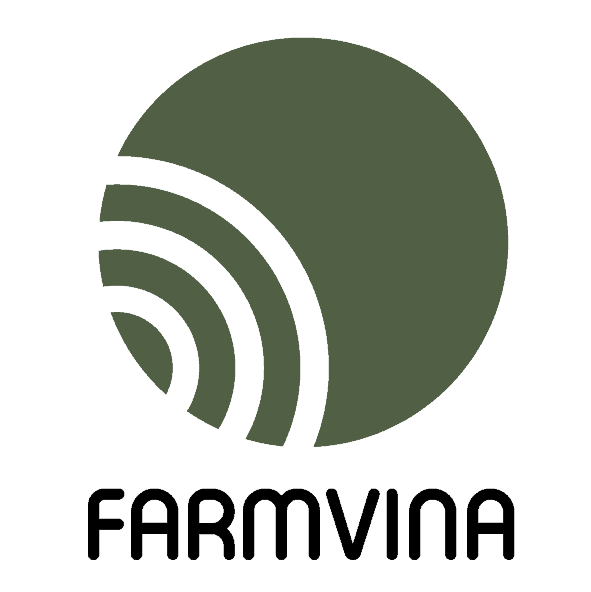As Vietnam’s capital, Hanoi boasts a strong investment profile driven by economic growth, favorable policies, and a skilled workforce. The city’s recent FDI success and commitment to digital transformation further enhance its appeal.
| Fact Category | Data |
|---|---|
| Location | Northern Vietnam, Red River Delta |
| Capital City | Hanoi |
| Area | 3,358.6 square kilometers |
| Population (2023 estimate) | Approximately 8.5 million |
| GDP Growth (H1 2023) | 5.97% (outpacing national average) |
| Economic Structure | Services (dominant), Industry, Agriculture & Fisheries |
| Key Industries | Manufacturing, IT, Tourism, Retail, Food Processing, Construction |
| Key Resources | Skilled labor force, universities, strategic location, developing infrastructure |
| Infrastructure | International airport, metro lines, expanding road network, seaport access via Hai Phong |
| Investment Incentives | Tax breaks in industrial zones, support for high-tech and sustainable projects |
| Provincial Competitiveness Index (PCI) Ranking (2022) | 10th out of Vietnam’s 63 provinces (improvement needed) |
Foundations of Hanoi’s Investment Appeal
Economic Powerhouse: Hanoi is the largest economy in the Northern Key Economic Region, with robust GRDP growth (5.97% in the first half of 2023).
FDI Magnet: In 2022, Hanoi ranked among Vietnam’s top FDI destinations, attracting US$1.7 billion. In the first seven months of 2023, FDI reached US$2.28 billion.
Business-Friendly Climate: While slippage in some PCI sub-indices shows room for improvement, Hanoi is actively addressing these challenges.
Digital Transformation: The National Digital Transformation Programme underscores Hanoi’s focus on digital development and innovation.
Skilled Workforce: With 8.2 million residents, Hanoi offers a large, well-educated labor pool.
Agriculture, Forestry, & Fisheries: Niche Opportunities in Hanoi
While Hanoi’s primary focus is urban development and industry, there are unique investment opportunities within these traditional sectors to support the city’s growth:
Urban Agriculture Innovation: Hanoi’s large population and growing affluence create a market for fresh, locally sourced produce. Opportunities exist for:
- Vertical Farming: Space-efficient, controlled-environment cultivation of high-value vegetables and herbs.
- Rooftop Gardens: Urban farms utilizing available roof space for organic produce catering to restaurants and high-end consumers.
- Smart Aquaponics: Integrating fish farming with hydroponics in closed-loop systems, ideal for urban settings and limited land.
High-Value Peri-Urban Agriculture: Hanoi’s outskirts offer land for specialized farming:
- Floriculture: Growing flowers for domestic consumption and export, supporting Hanoi’s burgeoning tourism industry.
- Organic Specialty Crops: Meeting the demand for premium, chemical-free fruits and vegetables within the city.
Agroforestry Initiatives: Responsible forestry projects on marginal lands surrounding Hanoi could include:
- Small-Scale Plantations: Cultivation of high-value trees (fruit, medicinal plants) alongside soil conservation practices.
- Ecotourism Integration: Combining forestry with small-scale tourism ventures, promoting biodiversity and generating revenue.
Sustainable Fisheries: While fish farming is present, investors may find opportunities to:
- Upgrade Existing Farms: Introducing modern aquaculture techniques for increased yields and reduced environmental impact.
- Niche Aquaculture: Exploring high-demand species, like ornamental fish for the aquarium trade, offering higher potential returns.
Government Support & Incentives
Hanoi’s government encourages sustainable agriculture, forestry, and fisheries projects through:
- Suburban Development Plans: Areas around Hanoi may be designated for specific agricultural or aquaculture ventures.
- Focus on Technology: Projects using modern, sustainable methods are prioritized.
- Potential Incentives: Eligible ventures in these areas could qualify for tax benefits, land access support, and investment incentives.
- Collaboration with Research Institutes: Partnerships with Hanoi’s universities and research centers can ensure best practices and access to skilled labor.
Government Reforms & Investment Priorities
Hanoi’s government is committed to promoting investment and addressing challenges:
COVID Recovery: Plan No.246/KH-UBND prioritizes economic restoration, healthcare, sustainability, and administrative improvements.
Targeted Industries: Hanoi prioritizes manufacturing & processing, logistics, tourism, education, healthcare, high-tech, agriculture, and clean energy.
Sector Growth Plans:
- Technology: Aim to be among Vietnam’s top 5 digital hubs by 2025, with a 30% digital economy contribution to GRDP.
- Construction: Metro expansion, smart housing projects, planned shift of universities, factories, and hospitals to outskirts.
- Tourism: New packages, service innovation, and focus on digitalization to boost visitor numbers post-pandemic.
Strategic Priorities for a Strong Future
FDI Attraction: Hanoi aims for US$40 billion in FDI by 2025, focusing on high-value projects from key markets like South Korea, Singapore, and the US.
Addressing Challenges: Traffic congestion, air pollution, and skilled workforce development are priority areas.
Regional Collaboration: Integrating with neighboring provinces can leverage resources and address industrial land shortages within the city.
The Hanoi Opportunity
With its strategic location, proactive government, and commitment to sustainable growth, Hanoi presents a compelling investment landscape in Vietnam. While challenges remain, the city offers opportunities for investors across various sectors, particularly those focused on technology, logistics, and modern urban solutions. Investors seeking a foothold in Vietnam’s dynamic capital should give Hanoi serious consideration.
Originally posted 2024-01-02 22:51:08.


